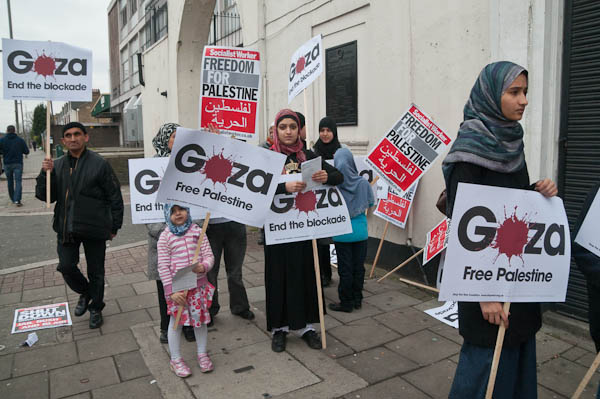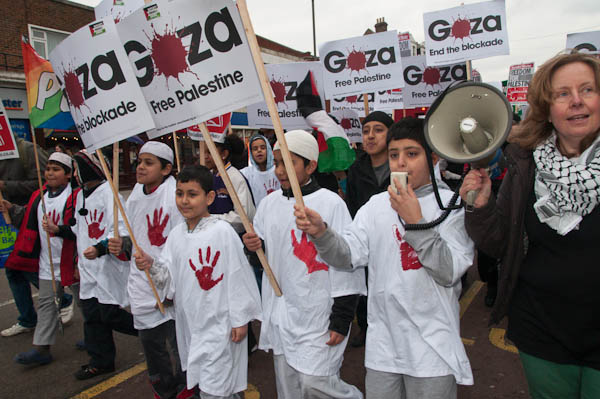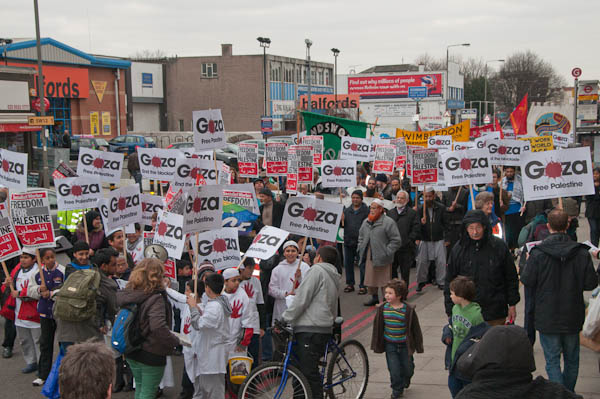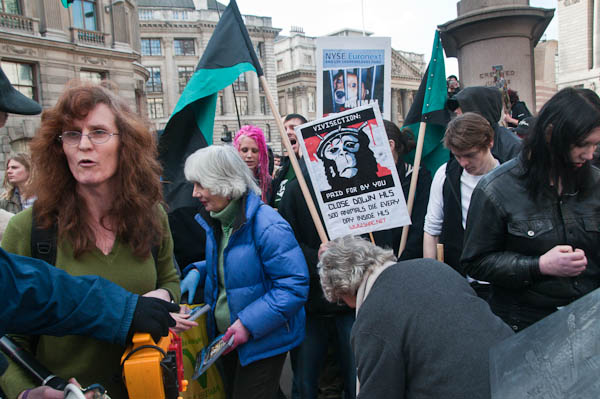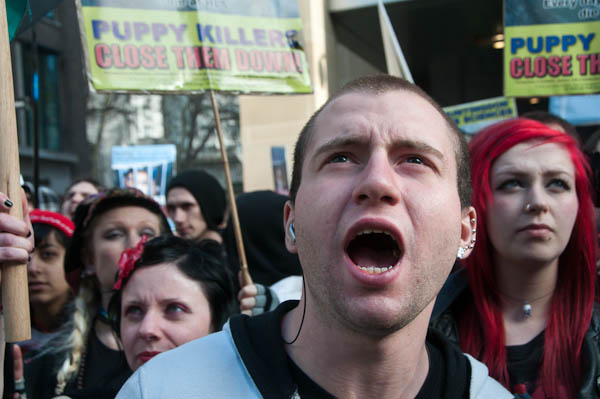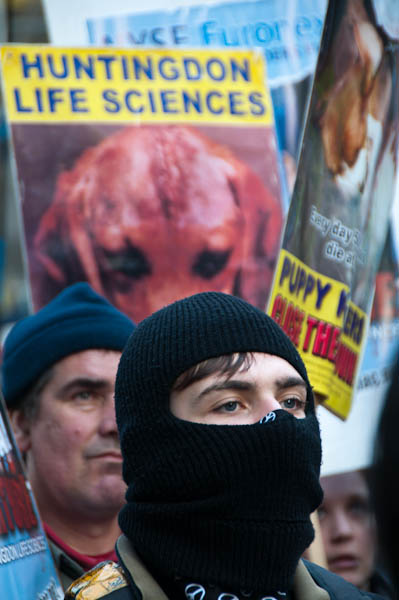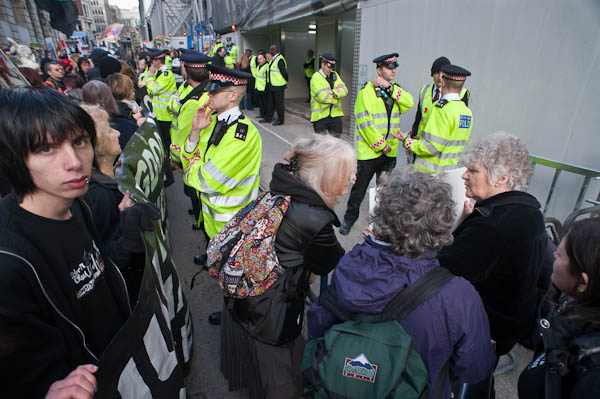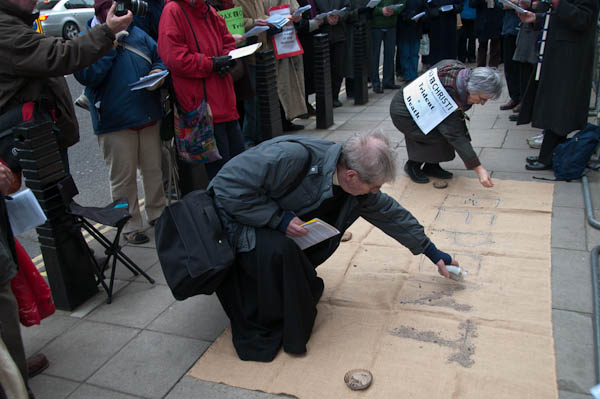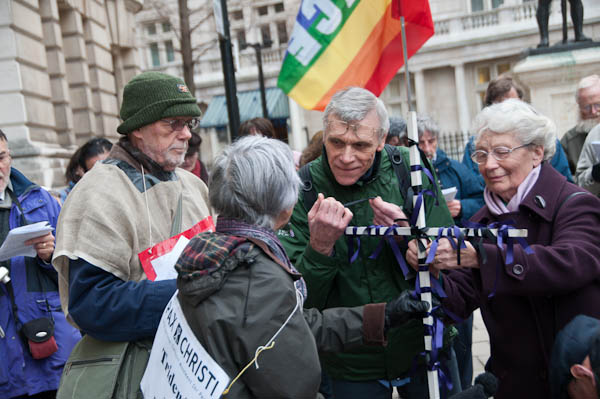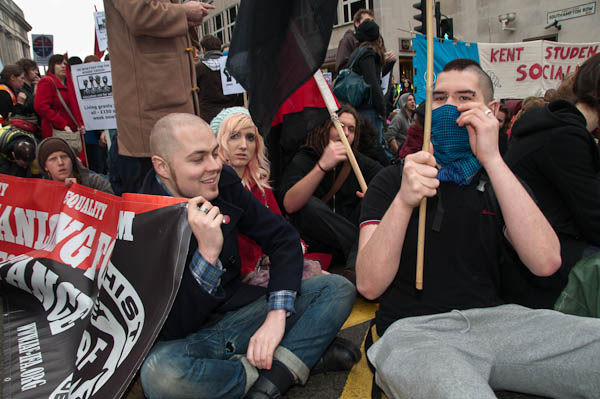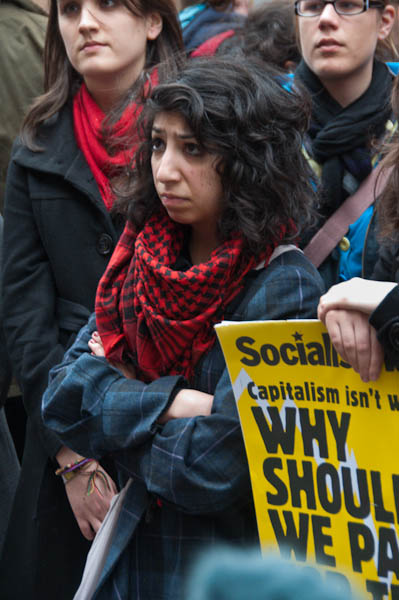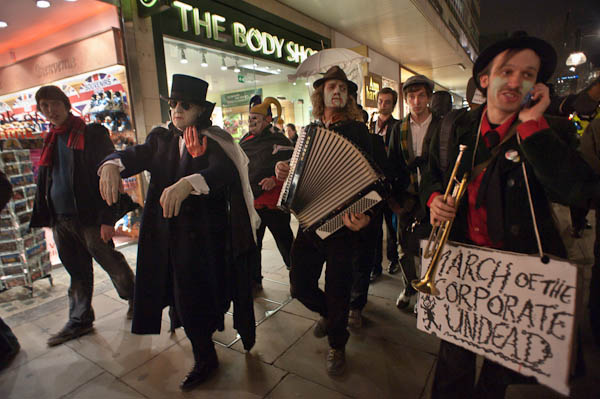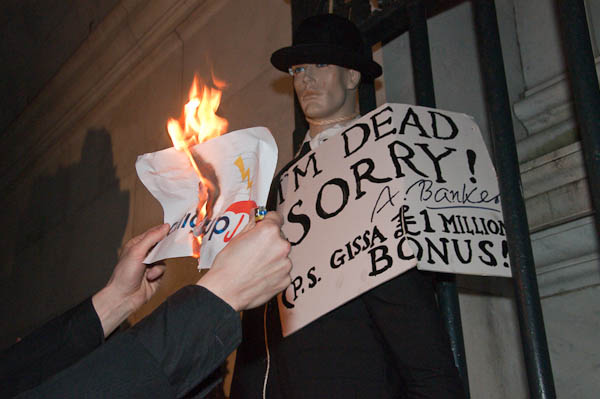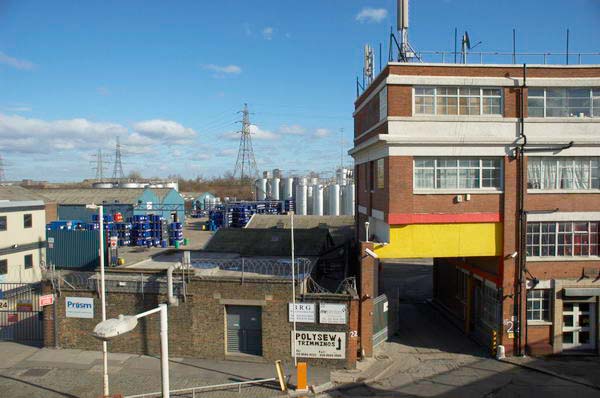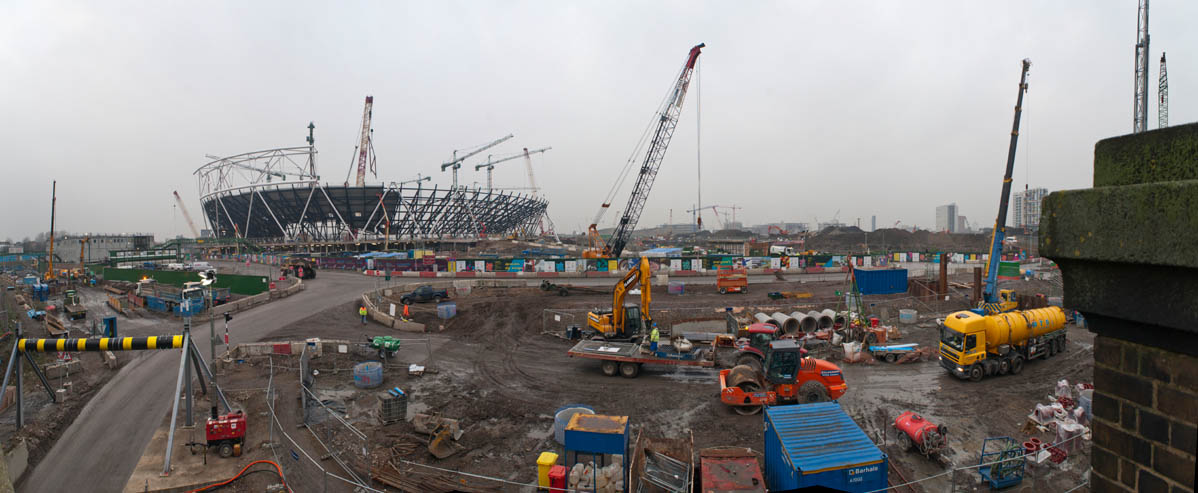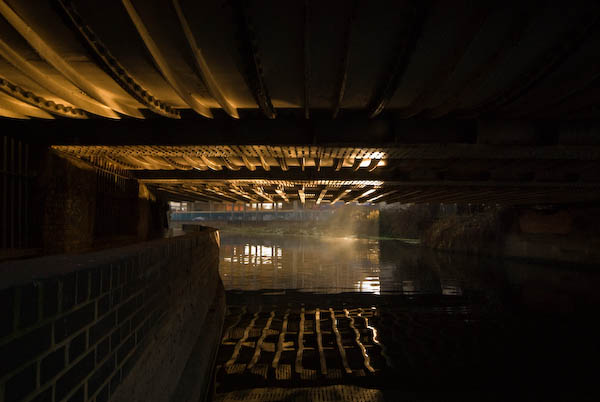It’s good to know that Leica can sometimes change their mind and listen to customers, rather than keep on telling us that they know best. One of many complaints Leica M8 users have had is about shutter noise – and the M series was once legendary for its quietness. Many of us who sometimes like to work discretely were distinctly disappointed by the M8, which has a shutter that is intrusive in anything other than pretty noisy areas – and usually noticeable in street photography.
There was an expensive shutter upgrade to the M8-2 shutter on offer; it is a little quieter, but the depressed state of both my finances and the pound made the expense a step too far. You can listen to both the shutter sounds on the Leica site and decide if it really would have been worth the small fortune demanded
Another new feature of the M8-2 was the ability to separate the shutter firing from the re-cocking, a ‘discreet’ mode that delayed the re-cocking while the shutter release was held down. Leica decided not to make this available for M8 users, presumably hoping we would rush out and buy the M8-2! But instead users just went on complaining and eventually Leica have relented and made this facility available in updated firmware, available for download from today. It’s a small and very welcome step.
This still leaves one major and I think unnecessary inconvenience in using the camera for many of us (I could probably put up with what appears to be less accurate framing than the film models.) Leica’s range of wide-angle lenses, while excellent, are extremely expensive. Like many Leica users I’ve made extensive use of Voigtlander lenses, made by Cosina, which in some cases are around a tenth of the price and most of which give excellent results.
The M8 (and M8-2) has an inbuilt problem with its IR sensitivity due to the decision to use a very thin IR blocking filter. I first came across this photographing Muslim women in black burkhas and finding they came out in different shades of brown and purple. I wasn’t amused and it took hours of work in Photoshop to produce a usable file.
Leica – rather late in the day – admitted the problem and came out with a solution, supplying IR/UV blocking filters for the front of the lenses, but while this solved the colour issue, it introduced a new problem. Light from the corners of the frame goes through the filter more obliquely, thus taking a longer path through the filter and resulting in what they correctly describe as “annoying colour casts in the frame corners.” It is only noticeable when using lenses of 35mm (a standard lens on these 1.3x cameras) and below, and increases as you go to lower focal lengths.
Again Leica had its solution, detecting the focal length from coded dots on the back of the lens and allowing you to automatically apply a firmware correction in camera as the pictures are taken. Apparently it works fine with Leica coded lenses but leaves users of older non-coded Leica lenses and non-Leica lenses out in the cold. Leica will – at a price – add coding to some Leica lenses.
Those of us with lenses without coding can find independent engineers who will add coded read rings to some lenses or can try the do-it-yourself solution with a ‘Sharpie’ felt tip pen (tricky to do and although it can work, it soon wears off.)
More successful is removing the colour cast with the excellent and free Cornerfix software (for Mac and PC – the latest version 1.0.0.0 was updated January 5, 2009.) It works well, but it does add another level of processing and if you take more than a few images adds a level of time and hassle to your workflow you could do without.
While it would not be reasonable to expect Leica to come up with solutions for every lens you could possibly put on the camera, it would be a very usable solution if they allowed you to manually select from the Leica lenses covered by their coding (and thus by the firmware) so the camera would then apply a reasonably close correction.
Instead they simply recommend using coded lenses. A set that covers the same focal lengths and apertures as my existing Leica, Minolta and Voigtlander wide angles would – at current street prices – set me back around £8000.
